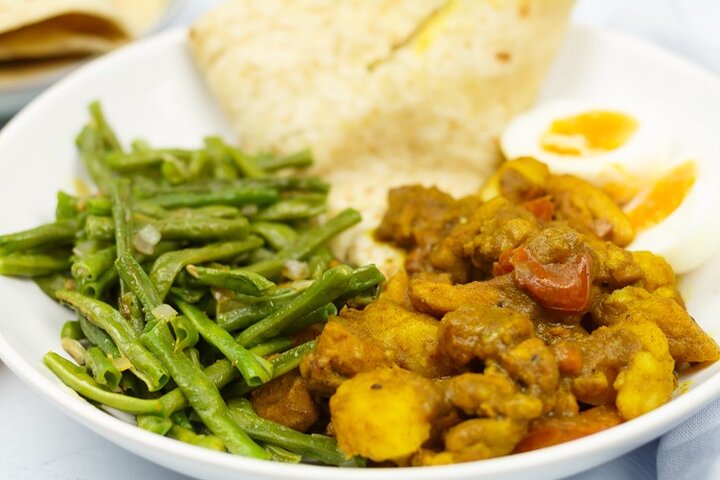Exploring Suriname: A Cultural and Natural Odyssey
Embark on a captivating journey through Suriname’s rich history and unique culture, as I explore the vibrant Hindu temple at Weg Naar Zee, the multicultural tapestry of Saramacca, and the whispering palms of Coronie. Join me as I delve into the stories and traditions that make this region truly special.
A Journey Through Time: The Hindu Temple at Weg Naar Zee
As the sun rose over Paramaribo, I found myself eagerly anticipating the day’s adventure. Our first stop was the Hindu temple at Weg Naar Zee, a place that serves as both a spiritual haven and a crematorium for the Hindu community in Suriname. The temple’s vibrant colors and intricate carvings were a feast for the eyes, and the air was filled with the scent of incense and the soft murmur of prayers.
Walking through the temple grounds, I was struck by the sense of peace and reverence that enveloped the place. It was a reminder of the rich tapestry of cultures that make up Suriname’s identity. The guide shared stories of the temple’s history and its significance to the local Hindu population, painting a vivid picture of a community deeply rooted in tradition yet open to the world around it.
This visit was a poignant reminder of the importance of preserving cultural heritage, a theme that resonates deeply with my work in conservation. Just as we strive to protect the natural world, so too must we safeguard the cultural landmarks that tell the story of humanity’s diverse journey.
Saramacca: A Tapestry of Multicultural History
Leaving the temple behind, we journeyed to Saramacca, a district known for its agricultural prowess. As we arrived in Groningen, the capital of Saramacca, I was immediately drawn to the smallest square with the most monuments. Each monument told a story of Suriname’s multicultural history, from the indigenous peoples to the Dutch settlers and beyond.
Our guide was a wealth of knowledge, sharing insights into the district’s past and present. I was particularly fascinated by the stories of the Javanese and Indian communities, whose traditions and customs have become an integral part of Surinamese culture. As we wandered through the square, I couldn’t help but reflect on the resilience and adaptability of these communities, much like the ecosystems I study in the Amazon.
The visit to Saramacca was a celebration of diversity and a testament to the power of cultural exchange. It was a reminder that, just as ecosystems thrive on biodiversity, societies flourish when they embrace a multitude of voices and perspectives.
Coronie: The Whispering Palms and Sweet Honey
Our final destination was Coronie, known as the Coconut district. As we crossed the Coppename River and made our way to Boskamp, I was eager to witness the traditional method of fish preservation. Watching the locals expertly smoke the fish, I was reminded of the sustainable practices that have been passed down through generations.
In Coronie, the landscape was dominated by waving coconut palms and the sweet scent of honey. The district’s history of coconut cultivation and beekeeping was brought to life by our guide, who shared stories of the people who have called this place home for centuries. Walking through the district, I felt a deep connection to the land and its people, a feeling that is all too familiar from my time in the Amazon.
The visit to Coronie was a fitting end to our journey, a celebration of nature’s bounty and the enduring spirit of the communities that rely on it. It was a reminder of the delicate balance between human activity and the natural world, a balance that we must strive to maintain for future generations.
This adventure through Saramacca and Coronie was more than just a journey through Suriname’s rich history and unique culture. It was a call to action, a reminder of the importance of preserving both our natural and cultural heritage. As I returned to Paramaribo, I carried with me a renewed sense of purpose and a deeper appreciation for the interconnectedness of all life.


































